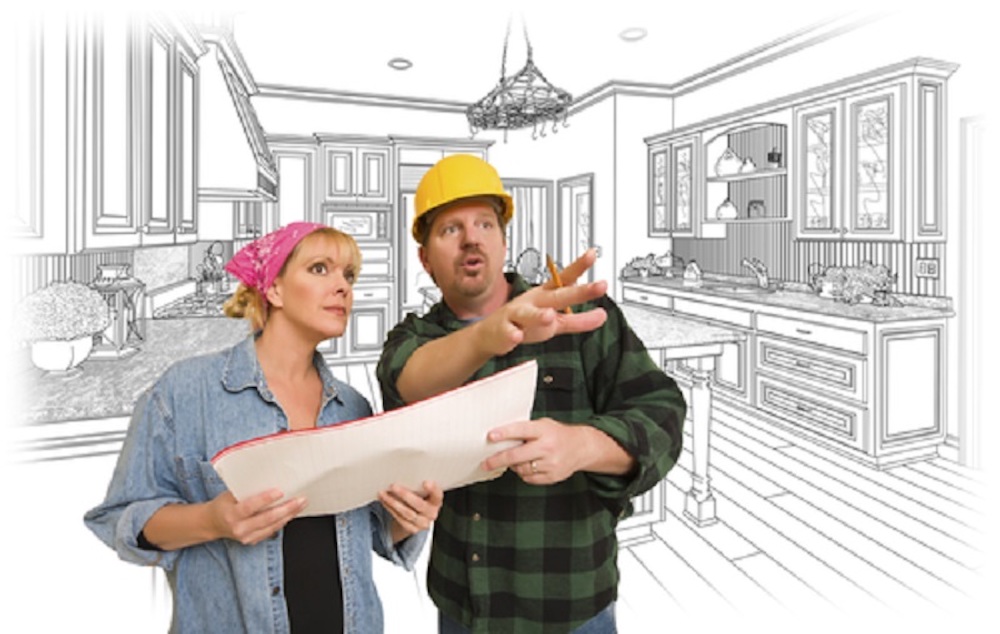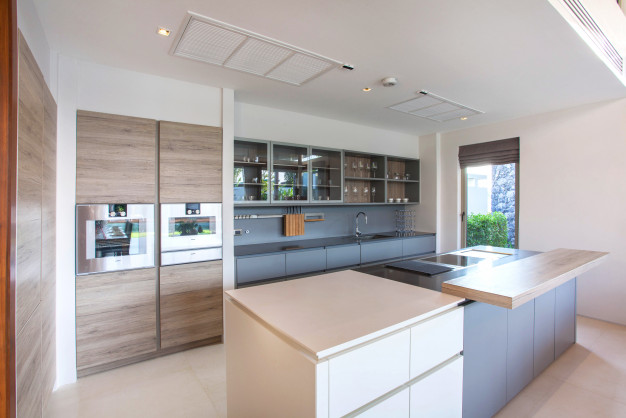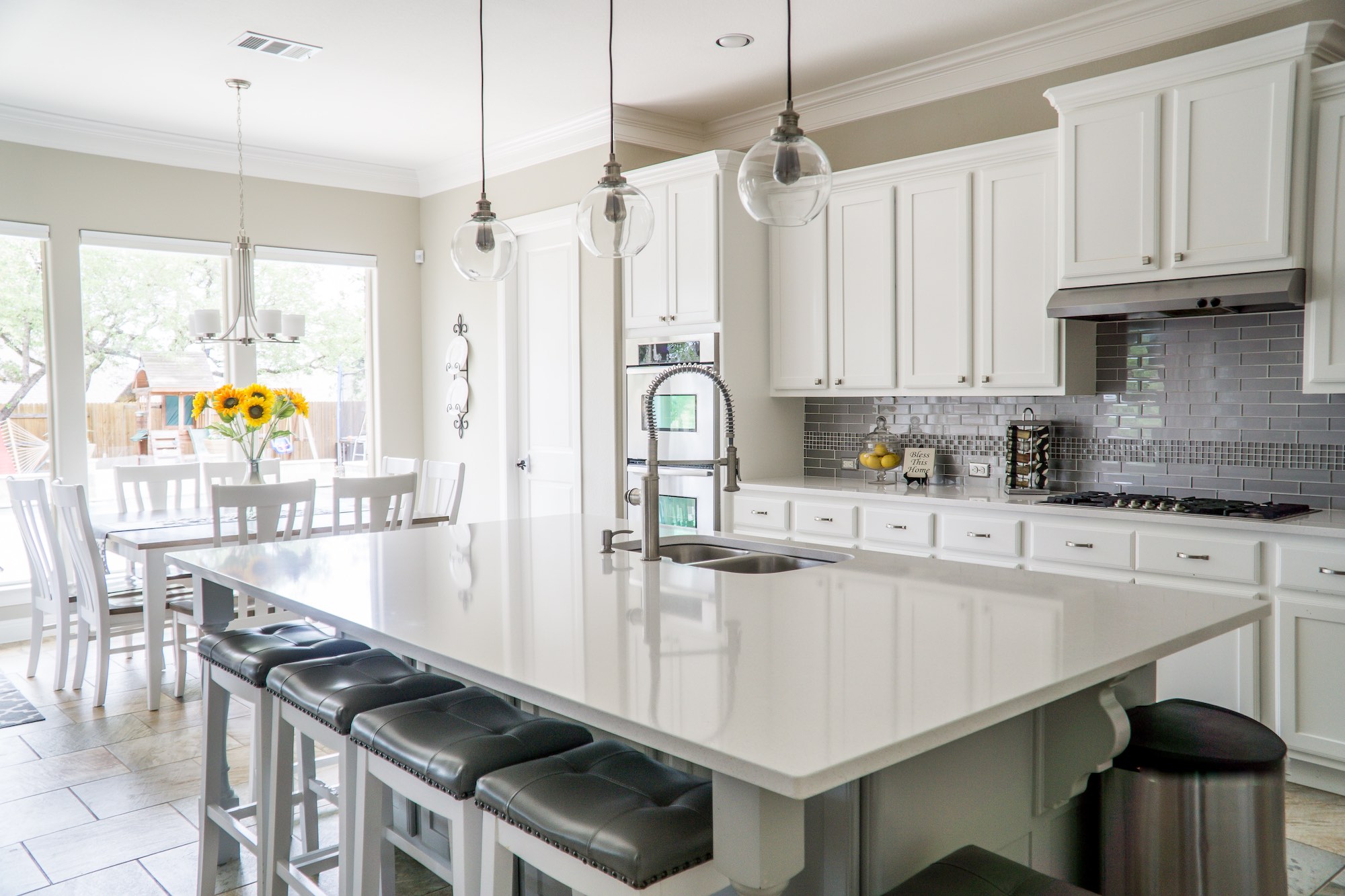Are you thinking about giving your kitchen a facelift by installing new cabinets?
As far as DIY projects go, installing cabinets is not the most challenging task you can take on. That said, the slightest mistake or oversight can send your new cabinetry and everything in them crashing to the ground.
So, you’re going to want to make sure you know what you’re doing before you start screwing cabinetry to the wall.
Here are seven helpful tips to help you take on a cabinet installation successfully.
1. Plan it Out
Whether you’re hanging a picture or installing new cabinets, every successful DIY project needs a plan.
Before you even order your new cabinets, you should start planning by measuring out the amount of space you’re going to need to cover, and figuring out your prospective layout.
Once you decide how many cabinets you need and where they’re going to go, you’ll need to start creating a schedule and checklist to help you keep track of every stage of the installation process.
Remember, there’s no such thing as being too prepared, and the more you plan ahead of time, the smoother and quicker your project will be.
2. Gather Your Supplies
There’s nothing more frustrating than starting a project, only to end up having to stop and run out to the hardware store because you forgot some essential piece of equipment.
To install cabinets, you’re going to need a lot of DIY gear, such as a drill gun, a level, a measuring tape, and clamps.
Because drywall alone would never be able to support cabinets, you’re also going to need to invest in a quality stud-finder, like the ones found here: https://franklinsensors.com/products/.
3. Make Your Mark
Measure twice, cut once! Every DIY veteran knows that’s there’s no such thing as being too careful or too prepared — especially when it comes to bigger jobs, like installing new cabinets.
So, rather than try to place your new cabinets freehand, take some time to measure everything out, and mark out where everything needs to go ahead of time.
By marking out the placement of all of your cabinets on the wall beforehand, you’ll be able to better visualize them in the space, which will help you make adjustments as needed.
Marking out cabinet placement will also help you figure out if and where you’ll need to add filler strips. You’ll also be able to use your measurements to precut filler strips, so you can add them in as you install your cabinets.
4. Secure Doors and Drawers
Cabinet drawers and doors can pose a bit of a threat when installing cabinets if you aren’t careful. On top of that, drawers and special features like can add a fair amount of weight, which can make lifting and moving pieces difficult and dangerous.
Before you start installing your cabinets, take some time to remove all of the doors and drawers and set them aside to prevent any unfortunate mishaps while attempting to move or mount them.
While removing the drawers and doors, use painter’s tape and a marker to label every piece. Use a numbers system to mark each cabinet section, and be sure to specify the exact positioning of the door or drawer.
Note that using stickers or regular tape could damage the finish or paint on your new cabinets. Painter’s tape will help you keep everything organized without damaging any surfaces.
By taking the time to label everything, reassembling your cabinets once you finish installing them will be a breeze.
If you are unable to remove the doors or drawers in your cabinets, you should take precautions to fasten them shut, so you don’t have to worry about anything opening or breaking during installation.
5. Don’t Skimp on Screws
Sure, and empty cabinet may not weigh that much, but once it’s full, the screws you put it up with are going to have to support a lot of extra weight. So, you want to make sure you use screws that can stand up to the task.
First off, you’ll want to make sure you’re using crews that are long enough to anchor the cabinets to the studs in the wall, and thick enough to bear the weight of the cupboards and all of your other belongings.
Self-countersinking screws essentially lock themselves in place once you screw them in, providing a little extra strength and security.
Whatever you do, avoid using drywall screws, as they will probably wind up snapping in half and damaging your wall and your new cabinets.
6. Give Yourself Plenty of Space
Installing cabinets is a pretty substantial job that can take up an awful lot of space. So, before you even unbox your new cabinets, you want to make sure you give yourself plenty of room to work.
Remove any unnecessary objects, such as loose furniture and area rugs, from the workplace, and store them safely out of the way. Getting rid of all of the extra stuff will also help keep your items safe from any dust or debris that may kick up during your project.
Giving yourself extra space to work can also apply to the cabinets themselves, especially if you’re installing anything around some plumbing.
While some cabinets come with holes precut for pipes to go through, giving yourself a little extra wiggle room can pay-off big time, if you wind up needing to shift things around a bit.
Cut out or widen the holes in the back of your new cabinets, so they are an inch or two larger than they need to be. Extending the openings will not only make fitting them over the plumbing easier but will also give you a little give if you need to adjust the placement of your cabinet.
7. When in Doubt, Call in the Pros
As we said earlier, when talking about choosing the right screws, cabinets need to support a lot of weight. When it comes time to install them, you want to be as careful as you possibly can.
If you have any reservations about your ability to install your new cabinets, you may want to consider investing in a little bit of help.
A professional contractor or crew will have the expertise to get the job quickly and accurately. So, you won’t have to worry about losing all of your dishes in one fell swoop.
How to Take on Cabinet Installation
Now that you know a little bit more about cabinet installation, it’s time to start planning your kitchen makeover.
Are you looking for a little more DIY advice? We’ve got you covered!
Check out the rest of our blog for more helpful articles, tips, and tricks today!











